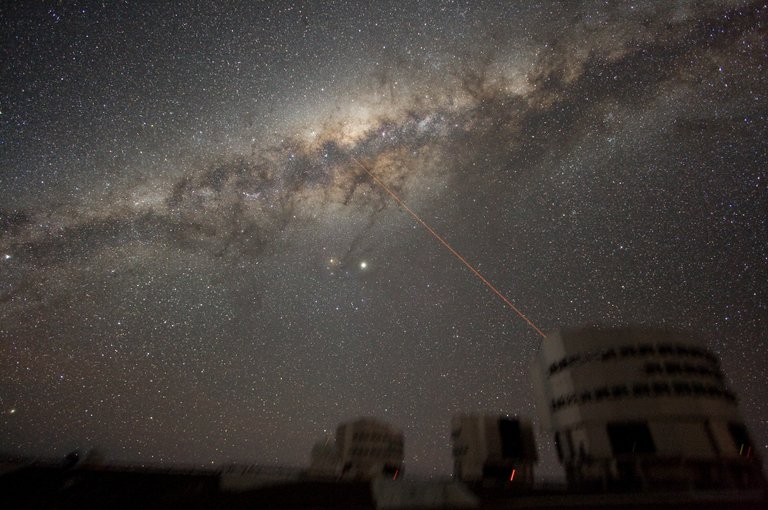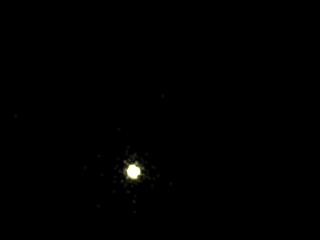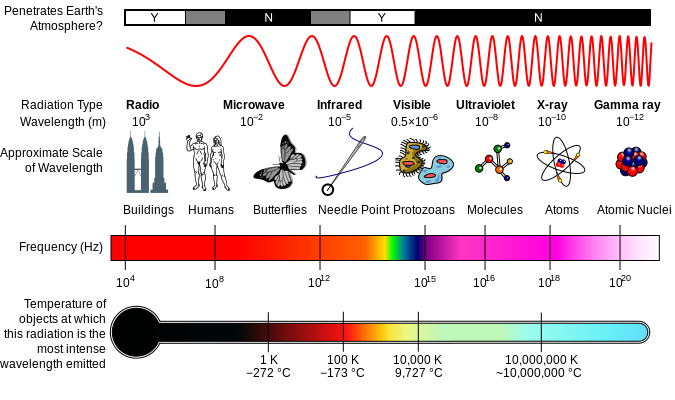
Project brief (Pb) is a series continued by me where I will be talking about scientific projects apart of the BOINC network in simple terms.
Now this isn't a walk-through on developing a system for analysing stellar spectroscopy, it's a simple and super fun experience in learning about what's out there and what you could be supporting with just the click of a button!
Join me live on BOINC Radio on March 13th at 4:00pm EST!
Who am I?
I'm Delta! An Australian programmer, technologist, blockchain expert, self-proclaimed physicist and co-host of the BOINC Radio podcast!
I like to communicate things to people in the simplest way possible and teach people about the most interesting things that this universe has to offer.
You can find me on Discord where I hang out in the BOINC Network server.
I am an expert tea enthusiast waiting for the day that I can grow tea plants in my backyard.
What's happening this Episode?
On March 13th I will be explaining the BOINC project Milkyway@home.
Chances are you know about all the planets in our solar system, and you might think that it is a lonely place with just the sun and some fancy rocks floating around, right?
Well WE ARE NOT ALONE!
No, not aliens, I'm talking about planets, stars, galaxies! All well beyond our reach and floating around in vast amounts of empty space. It's fun watching them float around... And that's exactly what Milkyway@home does!
Milkyways are pretty tasty

You're not wrong! But that's not the topic of today's episode. The milkyway is our home galaxy, it's where our little family of planets orbit happily around a super-massive black hole and staring out into the interstellar abyss.
Milkyway@home aims to understand more about our galaxy using the data from the Sloan Digital Sky Survey (SDSS) along with searching for evidence of dark matter!

Our galaxy contains galaxies, I'm not kidding! These galaxies are called dwarf galaxies and orbit our own milkyway, getting their own stars and planets disrupted by the gravitational pull of our galaxy. This creates what are called "tidal streams".

Tidal streams are basically smaller galaxies being ripped apart by our own. This process causes streams as shown in the animation above as the debris from the galaxies are streamed across the empty space around us.
This gravitational information is important for both understanding the structure of our galaxy and understanding the presence of dark matter.

Dark matter is matter that we can't see, even with the most sophisticated of instruments. It doesn't emit radio waves, nor gamma rays or even visible light. Therefore we need this gravitational data in order to better understand it because we know it's there because of how it pulls on other matter.
We just need to shine some light on the matter...
Don't have a good computer or want to donate your spare time?
Join Zooniverse, a site for volunteer science!
Solve puzzles and complete tasks that help real scientists solve real problems!
Check out my twitch.tv and youtube channel where I do volunteer science every now and then! Make sure you follow me and subscribe to get a notification whenever I go live!